The step-by-step guide on organizing and storing journaling supplies provides you with practical tips to declutter and arrange your tools systematically. By following this guide, you can create a neat and accessible storage system that will enhance your creativity and make your journaling experience more enjoyable.
Explore Top Picks for Inspired Writing
Assess Your Supplies
- First, gather all your journaling supplies in one central location.
- Next, sort them into categories based on their types, such as pens, markers, stickers, washi tapes, notebooks, and any other items you have. This will help you visualize your inventory clearly.
- For example, place all your pens and markers in one pile, stickers in another, washi tapes together, and so on. You could use different containers or sections of a table to divide each category.
Assess needs and Regroup
- Once everything is categorized, evaluate what you have and think about how you want to display or store each group of items.
- Consider simple storage solutions like clear containers, drawer dividers, or designated pouches for easy access and organization. Separating your supplies will make your journaling routine smoother and more enjoyable 🌟.
Choose Storage Solutions
- Consider the Size**: Choose storage containers that suit the size and quantity of your supplies. Evaluate the dimensions of the items you need to store and opt for containers that can accommodate them effectively. Utilize drawer organizers for small office supplies, such as paper clips and sticky notes. Employ clear bins for items of various sizes to easily identify the contents inside. Consider pencil cases or pouches for individual items that need to be accessible and portable.**
- Maximize Visibility and Accessibility**: Utilize shelves to keep everything neat and accessible. Opt for open shelves or installation shelves with clear compartments to easily see and access your supplies. Arrange items categorically and by usage frequency to enhance organization. Labels containers and shelves for quick identification and ease of restocking.**
Label and Organize
Label and Organize
Label each storage container or drawer with the contents inside:
- Use clear and concise labels: Write the name of each items inside the container to easily identify what’s stored in it (e.g., “Office Supplies,” “Crafting Materials”).
- Consider using color-coding: Assign a particular color to each category to make it even easier to spot what you need quickly (e.g., all office supplies in red-labeled boxes).
- Ensure labels are visible: Place labels in a prominent position on containers or drawers for quick referencing (e.g., on the front of boxes or at the top of drawers).
Arrange your supplies by category or frequency of use to make it easier to locate them when you need them:
- Categorize by type: Group similar items together (e.g., pens, pencils, markers) to avoid hunting for specific supplies when working on a task.
- Prioritize frequently used items: Store the more commonly used items within easy reach or at the front for quick access (e.g., daily office supplies kept in a desktop organizer).
- Consider workflow: Organize supplies in the order you typically reach for them during tasks to streamline your workflow and increase efficiency (e.g., keeping project-specific materials together for easy access).
Create a Workspace
- Designate a specific area for your journaling supplies, like a desk, to create a dedicated workspace. Organize your pens, markers, notebooks, and other supplies in a way that makes them easy to access. Consider using desk organizers, trays, or storage bins to keep everything in its place. Personalize your space with inspiring items such as plants, quotes, or artwork that lift your mood and boost creativity.
- Create a clutter-free environment by regularly tidying up your workspace. Return items to their designated spots when finished using them to maintain a clean and organized area. Avoid overcrowding your space with unnecessary items; only keep essentials within reach. For more flexibility, use a portable caddy or small shelf that can be easily moved around to different locations if needed. Experiment with different layouts and setups to find what works best for you and maximizes your creative potential.
Maintain Regularly
- Declutter and reorganize: Regularly set aside time to declutter and reorganize your supplies. Begin by sorting items into categories, such as keep, donate, or discard. Evaluate each item based on its usefulness and purpose in your organization system.
- Eliminate unused items: Donate or discard items you no longer use. Keep only the supplies that serve a functional purpose or bring you joy in your workspace. Regularly reviewing and purging items will keep your storage space efficient and ensure you have easy access to the things you need.
- Refresh storage: After decluttering, find a specific place for each item in your workspace. Use labeled containers or shelves to keep things organized and easy to locate. Consider investing in storage solutions like drawer dividers or file organizers to maintain order.
- Appreciate progress: Take a moment to appreciate the improved functionality and efficiency of your workspace after each decluttering session. Embrace the benefits of a tidy and well-organized environment in boosting productivity and reducing stress. You deserve to work in a space that supports your best work.
Stay organized with style!
In conclusion, implementing the suggested organizational tips for storing journaling supplies will enhance your creativity and productivity. Streamlining your supplies means less time searching for tools and more time enjoying the process of journaling. Start organizing today and unlock the full potential of your creative journey.
Essential Supplies Checklist
Streamline Your Storage
Get Creative with Journaling Supplies
- Start by purchasing basic journaling supplies such as a notebook, journal, pens, markers, stickers, and washi tape
- Begin by writing down your thoughts, feelings, and ideas in your journal. You can start with daily entries reflecting on your day
- Get creative by decorating your journal pages using the supplies mentioned above. Use different colors, draw doodles, or add stickers to make it visually appealing
- Experiment with different journaling styles like gratitude journaling, bullet journaling, art journaling, or travel journaling to find what suits you best
- Make journaling a habit by setting aside some time each day to write or be creative in your journal. It can be a therapeutic and rewarding practice that helps improve mindfulness and self-reflection
Gear up for Your Journaling Journey!
What are the essential journaling supplies for beginners?
For beginners starting out on their journaling journey, some essential supplies to consider are a notebook or journal, pens or markers, and stickers or washi tape for adding decorative elements. A notebook with good quality paper will enhance the overall journaling experience, making it easier to write and draw comfortably. High-quality pens or markers will ensure clear and vibrant writing or drawing, while stickers and washi tape can add flair and personality to the pages. These supplies are great for beginners to start exploring their creativity and self-expression through journaling.
How does the style of a journal binder affect the overall journaling experience?
The style of a journal binder plays a crucial role in enhancing the overall journaling experience. An aesthetically pleasing binder can make journaling more enjoyable and inspiring. A well-designed binder can reflect one’s personality, taste, and creativity, making the journaling process more personal. The size, color, material, and design of the binder can all impact the user’s experience by affecting the comfort, durability, and convenience of journaling. Therefore, choosing a journal binder that suits one’s preferences and needs can significantly enhance the overall journaling experience.
Are watercolor paints suitable for journaling, and if so, what brands are recommended?
Yes, watercolor paints are suitable for journaling. They provide a versatile and beautiful way to add color and creativity to your journal pages. Some recommended brands for watercolor paints suitable for journaling are Winsor & Newton Cotman Watercolors, Sakura Koi Watercolors, and Prima Marketing Watercolors. These brands offer high-quality paints that are vibrant and easy to work with, perfect for enhancing your journaling experience.
How can unique ephemera add character to journal spreads?
Welcome!
Unique ephemera such as ticket stubs, dried flowers, postcards, and vintage illustrations can add a touch of character and personalization to journal spreads. By incorporating these items into your journal, you can create visual interest, evoke emotion, and enhance the overall thematic cohesion of your entries. The diverse textures, colors, and shapes of ephemera can elevate the aesthetic appeal of your spreads, making them engaging and memorable. So, next time you come across something special, consider adding it to your journal to give it that unique and personal touch it deserves!
How important is the quality of paper in a journal?
The quality of paper in a journal is extremely important. It affects not only the appearance but also the longevity of the journal. High-quality paper ensures that the text and images remain crisp and clear over time, without yellowing or deteriorating. Additionally, good paper quality enhances the overall reading experience, making it more enjoyable for the person using the journal. Choose a journal with good paper quality for a better writing and reading experience.
What kinds of glues or adhesives are ideal for attaching items to journal pages?
For attaching items to journal pages, you’ll ideally want to use adhesives that are easy to apply, won’t create a mess, and will keep your items secured in place over time.
Common adhesives ideal for journaling include:
- Glue Sticks: These are easy to use, mess-free, and won’t leave a wet residue on the pages.
- Double-Sided Tape: Provides strong adhesion without the risk of wrinkles or bubbles.
- Washi Tape: Decorative and repositionable, making it great for layering items on journal pages.
- Adhesive Dots: Perfect for attaching small or delicate items securely.
- Mod Podge: Ideal for heavier items or fabric that need a strong adhesive bond.

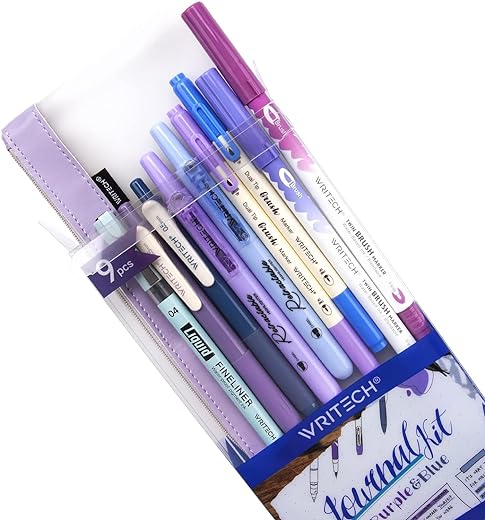







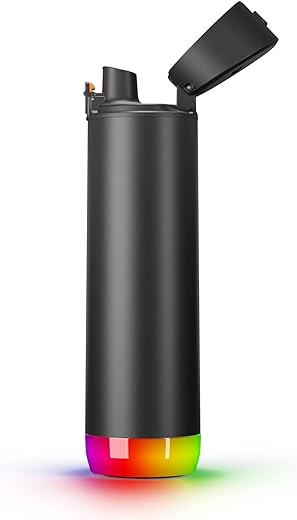


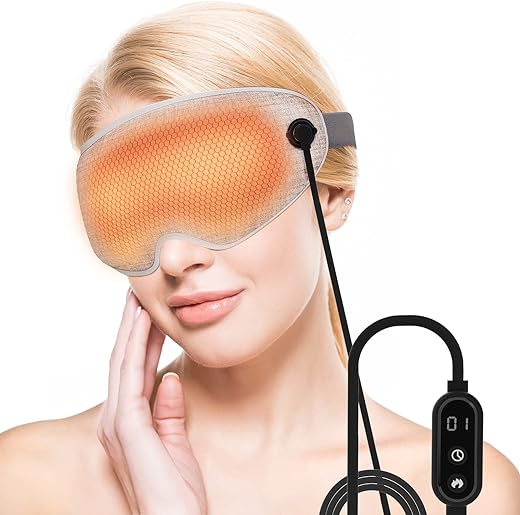
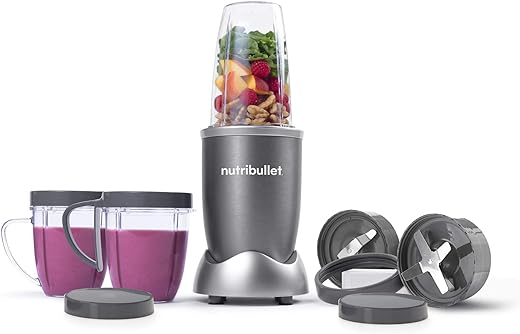

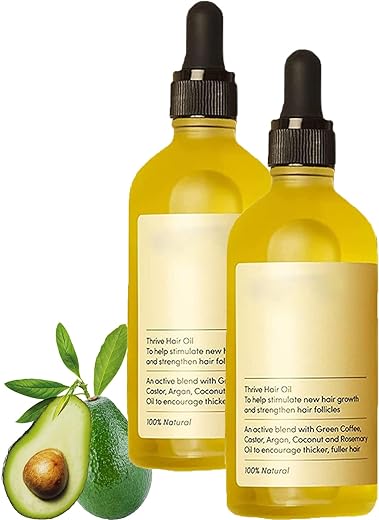

Thank you for sharing your adaptation! Color-coding containers is a great idea to personalize your storage system. It can make finding supplies easier and add a visually pleasing element to your workspace.
Could you provide some advanced tips on maximizing storage space for small journaling supplies like washi tape or stickers? I’m looking to optimize my storage area and make the most out of limited space.
For small journaling supplies, one advanced tip is to use compartmentalized storage containers with adjustable dividers. This allows you to customize the size of each compartment to fit different types of supplies efficiently. Additionally, utilizing vertical storage solutions like wall-mounted shelves or pegboards can help free up valuable desk or counter space.
I encountered some difficulties in Step 3 when trying to label my supplies. The labels kept peeling off or smudging. Any advice on durable labeling methods that can withstand frequent handling and moving of supplies?
I’m sorry to hear about the issue with the labels. One suggestion is to use label makers with durable, water-resistant labels. Alternatively, you can consider using adhesive plastic sleeves to protect paper labels from smudging or peeling. These methods should help keep your supplies well-labeled and organized.
I applied the guide’s suggestions to my journaling supplies and workspace. By following the steps outlined, I was able to create a more organized and efficient setup. Now, I can easily access my supplies, which has boosted my creativity and motivation for journaling.
That’s fantastic to hear! Organizing your supplies and workspace can indeed have a positive impact on your creativity and productivity. Keep up the good work, and enjoy your enhanced journaling experience!
I found the guide very helpful, especially in Step 2 where it recommended using clear containers for storage solutions. I adapted this by color-coding my containers to match the color scheme of my journaling supplies. This not only helps in organizing but also adds a fun and aesthetic touch to my storage area.